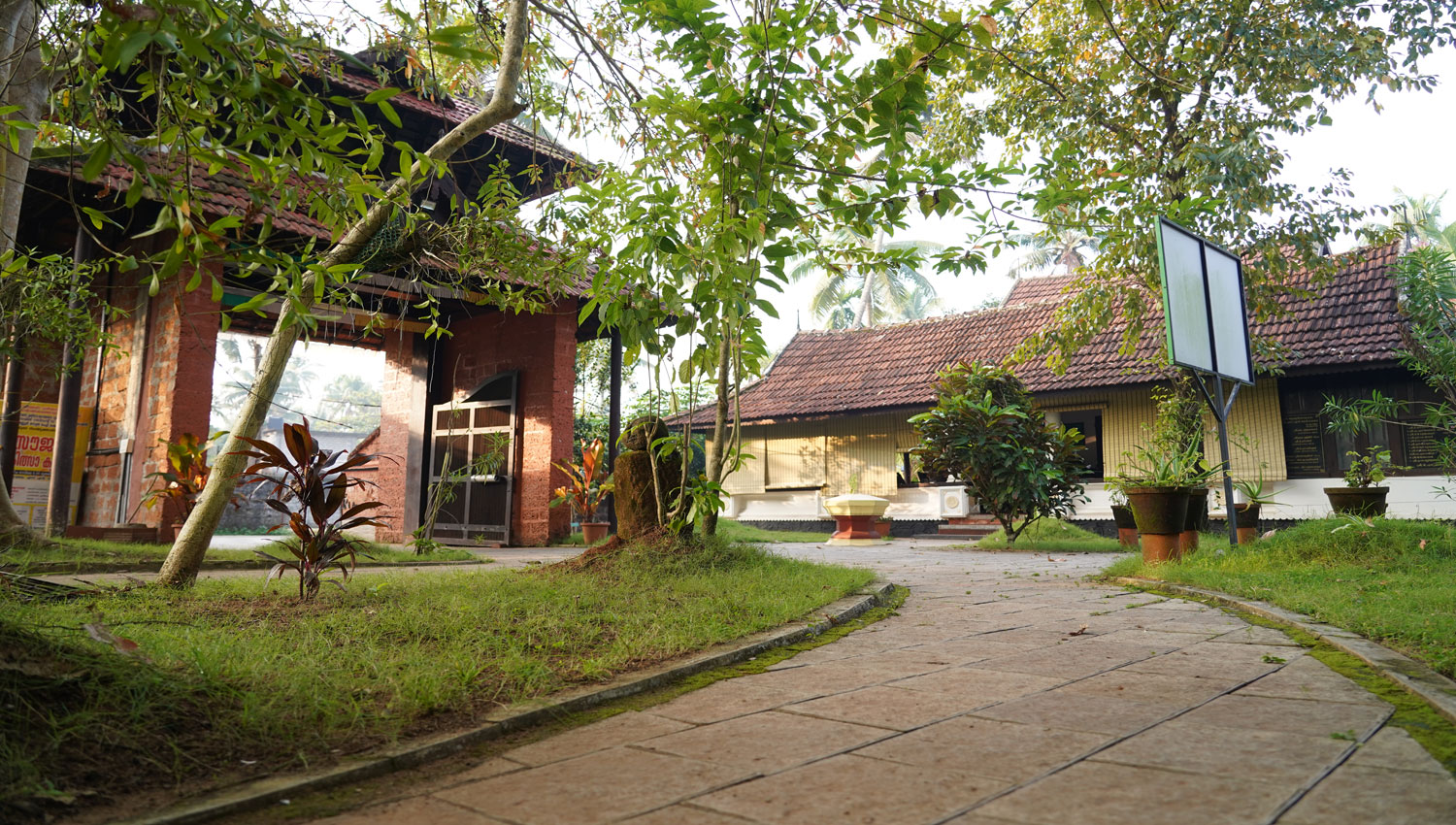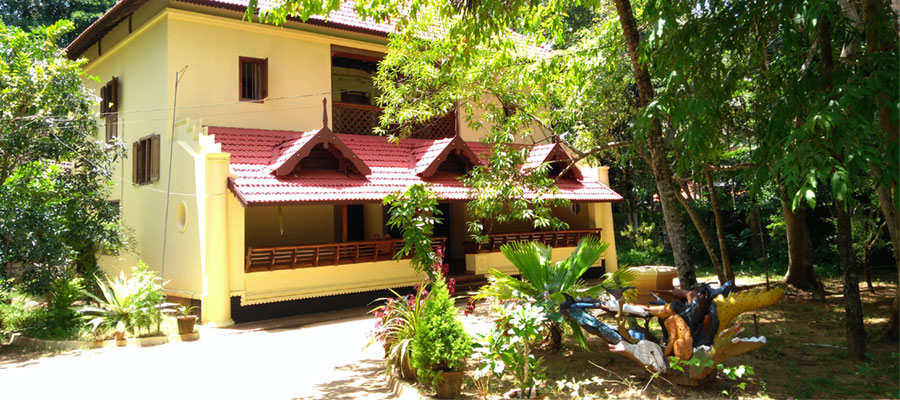


Ayurveda, the ancient most health care system is said to have been practised with the origin of universe and with the inception of human life on earth. The antique vedic texts have scattered references of Ayurvedic Remedies and allied aspects of medicine and health. Ayurveda is said to have emerged from Atharva Veda, mainly dealing with detailed Ayurvedic information.
The term "Ayurveda" is emanated from two components- i.e. ayush as life and veda as science and literally it is the science of life. Brahma, the originator of the system passed it on to Aswanikumars, who in turn imbibed and imparted the system to rishis from whom it was transpired among the people through generations.
Ayurveda, traditional system of medicine, dating back to 5000 years is practised widely in India. Principles of Ayurveda are to preserve and promote physical, mental and spiritual stabilization of life.

Human body consists of unique proportions of biological principles like Vata, Pitta and Kapha. These generic codes take part in the formation of our mental as well as physical traits.
Ayurveda, a principle that relies on the five primary elements are pre-requisites to the human body to be fit and sound. The elements such as space, air, fire, water and earth are pivotal in the natural working of our body.
The imbalance in any of the five elements creates an indirect effect by an influence of the environment that abides by the five fundamentals of life. These five essentials are gained by the food we eat to cope with
the bad elements of life.
First two elements like Ether and Air form the VataDosha or Ayurveda which governs the movements thereby affecting the nerves for a healthy circulation, respiration and elimination of air and harmful chemicals.
The next two elements when combined (ie. Fire and Water) forms the Pitta Dosha. This greatly affects the metabolism process in our body.The mechanical breakdown of food into desired nutrients assimilates the example
of the Pitta functions. This element is responsible for cellular metabolism in the organ and tissue systems.
Lastly, the combination of water and earth elements forming the Kapha Dosha, solely owns up the responsibility
for growth and unit by unit structures. This marks the protection process by the coordinating the flow of cerebral spinal fluid that safeguards the brain and spinal column from hazards.
Appropriate proportions of the Doshas govern the individual’s overall growth. Ayurveda, a combination of these Doshas or the paradigm of life helps the individual to overcome challenges in health hazards. If any of
the principles listed tends to increase due to changing life styles, there is a need to resort to the curated methods of Ayurveda.
Apart from the basic elements of Ayurveda, a few of the other factors that affect
our health are: